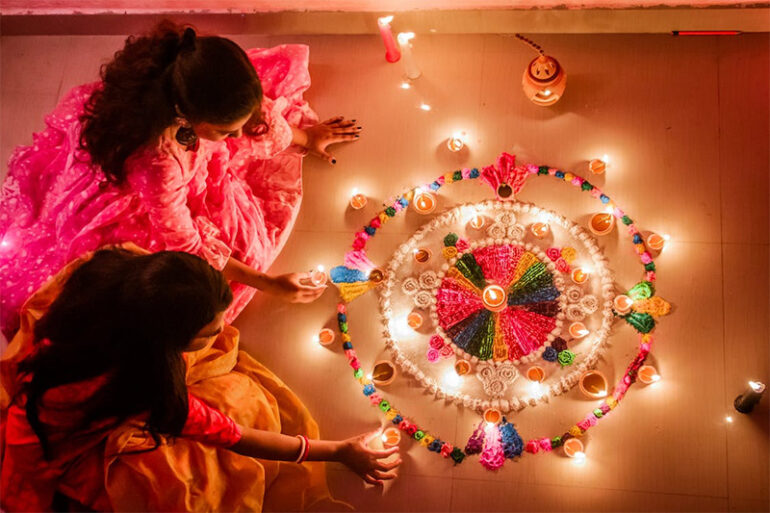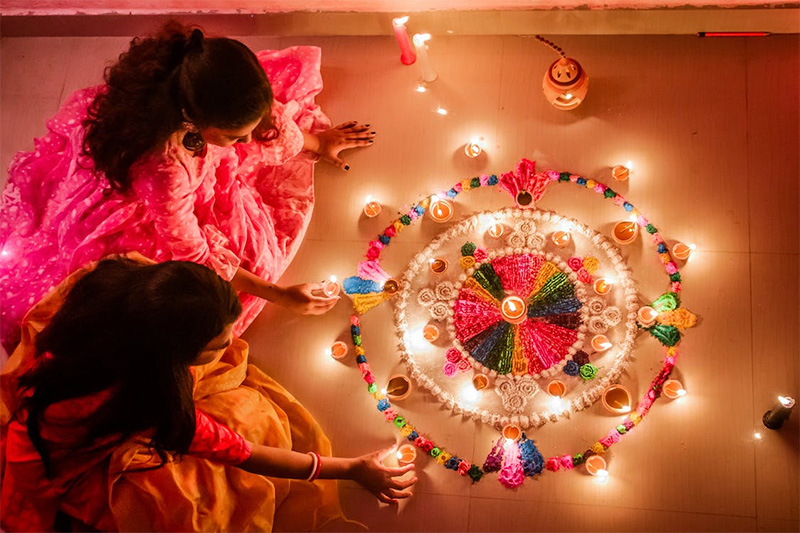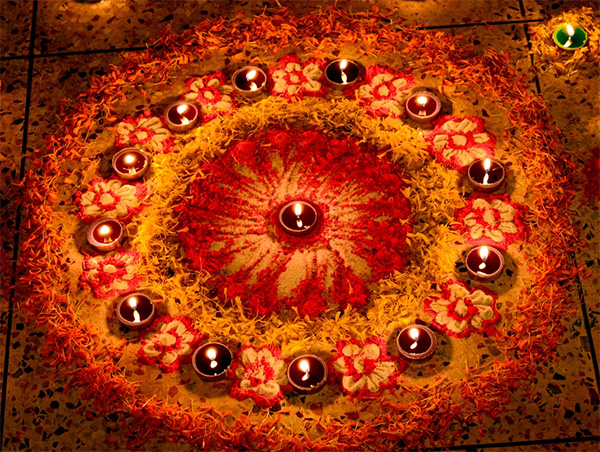India has many traditional art forms, many related to religion. Indian art includes textile art, pottery, sculpture, and painting, which spans the whole Indian subcontinent, such as Nepal, Sri Lanka, Bangladesh, Pakistan, and India. In some cases, it can include Afghanistan. In its traditional and modern forms, you can feel a strong sense of design in Indian art.
Origin
Indian art’s origin came from prehistoric settlements since the third millennium BCE. Various cultural and religious influences helped its development, including Islam, Sikhism, Jainism, Buddhism, and Hinduism.
Most of India’s art forms survived through the years. Some were buried and rediscovered. Because Indian art is culturally distinct and diverse, you can find a variety of art forms still practiced around the country. Most of the art forms evolved. They adapted to new paint colors and materials, while some remained the same and followed the traditional method.
Each Indian art form is unique and has admirable characteristics. Traditionally, most of them existed in murals and wall paintings. But today, you can see many art forms in cloth, paper, canvas, and even on floors.
What is Rangoli?
Rangoli is an art form that you can see decorating floors of many homes and temples on special occasions. In Sanskrit, rangoli means an array of colors, a traditional art form that dates back about 5,000 years to India’s pre-Aryan period. In Tamil, they call it kolam.
The multi-colored floor decoration symbolizes wealth, joy, and prosperity, and many people create them as thanksgiving offerings to their deities. People also believe that drawing a rangoli at the main entrances of their homes will prevent the entry of evil beings.
In many Hindu households, making rangoli is an everyday practice. However, the process is time-consuming; thus, most Hindus reserve the creation of rangoli for important celebrations and festivals, such as Pongal, Onam, Tihar, and Diwali (Deepavali).
The designs of rangolis are passed down from generation to generation, ensuring that the tradition and the art form remain alive.
You will find rangoli has different names according to culture and state. Overall, rangolis are made outside a main entrance’s threshold and placed there (in most households) every day after they clean the area. They represent a household’s liveliness, positivity, and happiness and welcome the goddess of good luck and wealth: Lakshmi. Hindus believe their household should always have a clean entrance, and placing a rangoli prevents bad luck (daridra) from entering the household.
Various designs
Rangoli employs various designs and various materials to produce different colorful patterns. Some households remove the design and replace it with a new one every morning. However, some households choose to have a permanent rangoli drawn on the threshold.
Designs range from geometric, petal, and flower shapes, varying according to the occasion. In some instances, they use geometric designs that are powerful religious symbols.
The design of rangoli is vital in channeling its level of energy. A rounded design underplays it. A rangoli with sharper sides gives off sharp energy levels. Spiritual gurus teach that channeling energy comes from using colors, lines, symbols, and designs. Art experts refer to Leonardo da Vinci’s symbolism and science behind the symbolisms to help people understand the mechanism and design of rangoli. Hindus revere rangolis as a sacred art, and the designs of rangoli are all considered auspicious signs. People draw them meticulously with their bare fingers to shield them and their homes from all forms of evil.
Types, materials, and patterns
In terms of form, rangoli has two. The first is dominant geometric patterns such as lines, cones, and circles. The second is ornamental. The ornamental form includes deities, flowers, petals, trees, animals, and birds. There could also be a conch, sun, or moon in the center of the design. The design could also have two parallel lines and two curved lines in the middle of the straight lines representing a serpent couple. Most rangoli designs have eight lotus petals to represent the sun, eight directions of the universe, and Lord Vishnu.
Traditionally, the common ingredient for drawing the basic outlines is rice paste or rice powder, as rice is a sign of prosperity in India. Other traditional materials are chalk powder, Geru (an earthy red-colored mineral), vermilion, and turmeric powder. Leaves, barks, flowers, and other natural materials inject color into the design. Modern-day rangolis use various synthetic colors to make the designs more vibrant. Placing oil lights (diyas) within the design adds more dimension to the rangoli.
Rangoli became an essential part of Hindu culture from being a Hindu folk art. Hindus create them to keep evil spirits away, celebrate major festivals in the country, and bring liveliness, positivity, happiness, and prosperity to their homes. Over time, rangoli designs evolved into more intricate, complex, and colorful, although the primary purpose remains the same.
Photo Attribution:
1st and featured image by https://www.pexels.com/photo/women-sitting-on-the-floor-holding-candles-beside-colorful-flowers-during-diwali-festival-10139991/
2nd image by https://unsplash.com/photos/cM8X2DDvnGE


